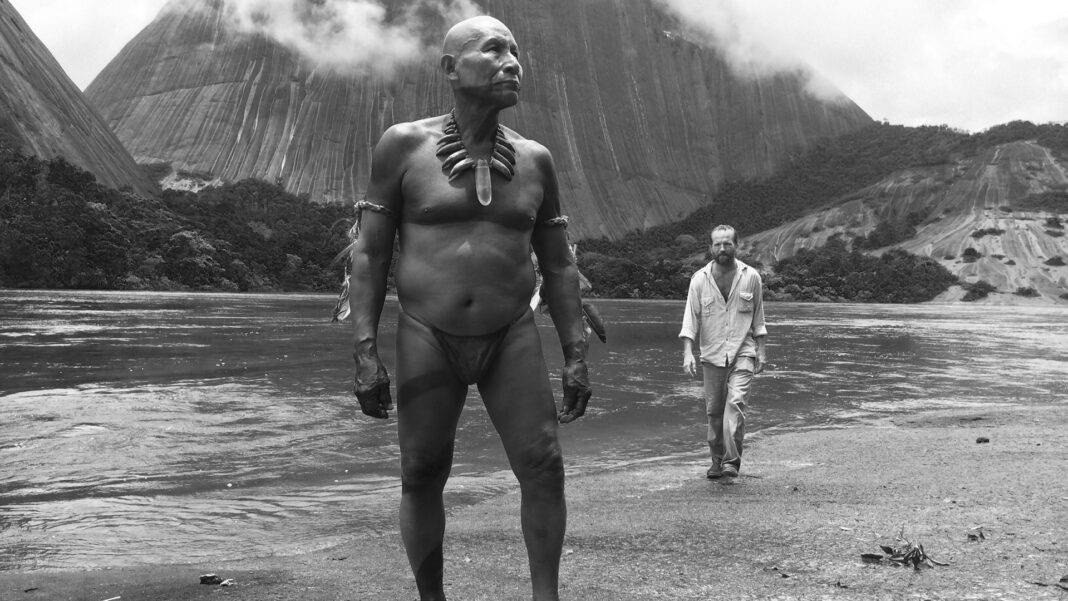I recently watched a very unique Latin American film called Bacurau, co-directed by Brazilian filmmakers Kleber Mendonça Filho and Juliano Dornelles. The film, a collaboration between Brazil and France, revolves around Bacurau, a fictional remote town in Brazil, which is beset by a series of strange occurrences following the death of its matriarch. Although, Bacurau is a very difficult film to classify, it’s somewhat like Márquez meeting Tarantino, loosely speaking. Interestingly, Bacurau lost out to Bong Joon-Ho’s Parasite at the Cannes Film Festival last year and had to settle for the Jury Prize which it shared with Ladj Ly’s French film Les Miserables. However, Bacurau is far more complex and thought-provoking than the South Korean film at so many levels. For, it not just deals with economic disparity (the motif central to Parasite) but it also explores themes as diverse as economics, politics, sociology, ecology, surveillance, and even human hunting as a sport. But that discussion is for some other time. Now, I must confess that the cinematic brilliance of Bacurau has compelled me to expatiate on the remarkably high quality of cinema emerging from the Latin America (mostly the South American counties viz. Brazil, Argentina, Chile, and Columbia, and, of course, Mexico) during the first two decades of the 21st century. Despite the proximity to the US, the filmmakers from the region have managed to make films that are very different from anything produced in Hollywood as well as the American cinema at large.
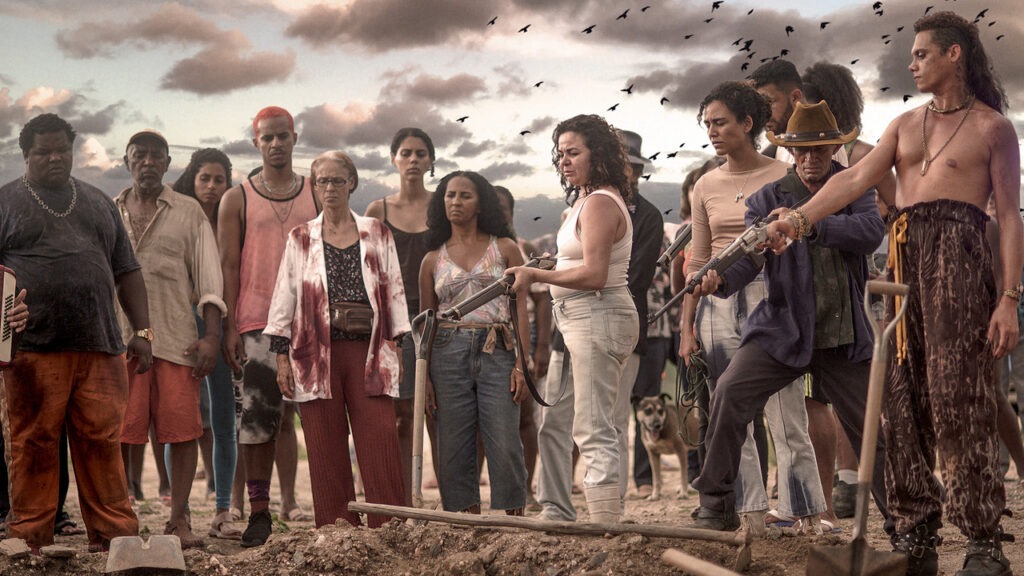
I think most of us are aware of the Argentinean films starring the inimitable Ricardo Darin such as The Secret in Their Eyes, Wild Tales, Nine Queens, and The Aura, among others. The last two of course are directed by the late Fabian Bielinsky.
Read the review of Bacurau by Indian film scholar Jugu Abraham
Then of course there are the great Mexican filmmakers. We already have seen the brilliance of Alejandro González Iñárritu (Birdman, Revenant, Babel, Biutiful), Alfonso Cuarón (Gravity, Roman, Children of Men, Y Tu Mamá También), and Guillermo del Toro (Pan’s Labyrinth, The Shape of Water, Hellboy, The Devil’s Backbone). However, I personally rate Carlos Reygadas higher than all three of them. While Reygadas’ Silent Light is a personal favorite, Post Tenebras Lux is really the best film he has made till date.
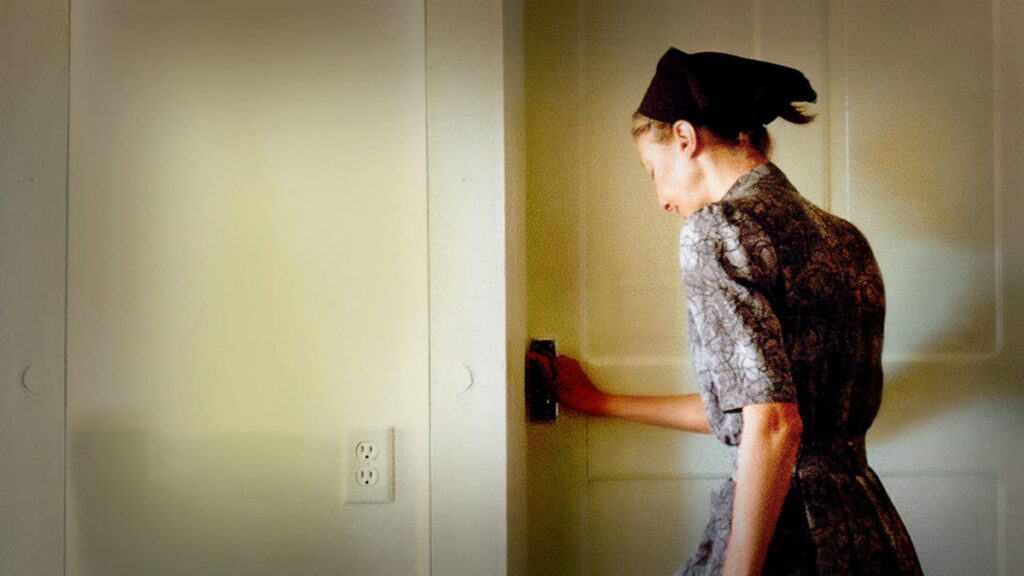
Also, I personally like to see Robert Rodriguez too as a Mexican filmmaker and he too has time and again shown his loyalty to his Mexican ancestry in his films such as El Mariachi, Desperado, Once Upon a Time in Mexico, Machete, etc.
Now, to be honest, the main focus of this post is actually two South American films that I rate amongst the highest echelons of cinema. Interestingly, one is fiction and the other is documentary.
The first film that I would like to touch upon is Colombian filmmaker Ciro Guerra’s visual and intellectual masterpiece Embrace of the Serpent. The title actually refers to the mighty Amazon River which is often compared to a serpent. The river does indeed look like a huge serpent when viewed from the sky. The film is a co-production from Colombia, Argentina and Venezuela. The film won Art cinema award at the 2015 Cannes Film Festival.
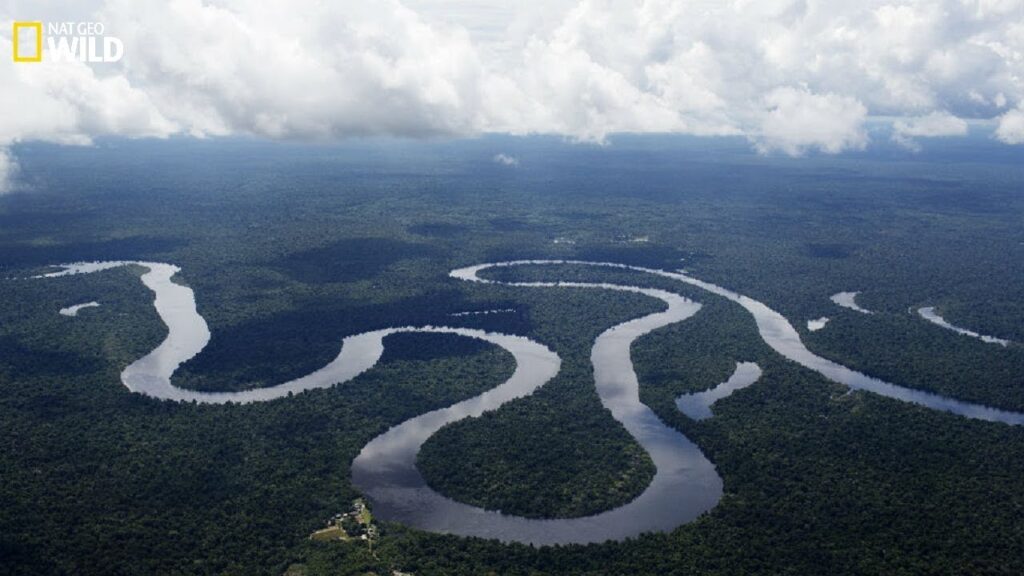
Shot almost entirely in black and white by cinematographer David Gallego, Embrace of the Serpent follows two journeys made about thirty years apart by the indigenous shaman Karamakate in the Amazonian jungle, one with Theo (in 1909), a German ethnographer, and the other with Evan (in 1940), an American botanist. Both men are in search for the rare plant called ‘yakruna’. Inspired by the travel diaries of Theodor Koch-Grunberg and Richard Evans Schultes, the film is dedicated to lost Amazonian cultures.
Embrace of the Serpent offers a scathing critique of colonialism and highlights how conquistadors, missionaries and rubber barons ruined the natives by pillaging of the Amazon rain forest and also through their enslavement and conversion to Christianity. But, above all, the film is about the power of knowledge. A lot of people have compared the film to Stanley Kubrick’s 2001: A Space Odyssey which explores the vast uncertainties of the space, a realm that can actually be compared to the Amazon Rainforest when it comes to hidden secrets. The film’s breathtaking black and white cinematography is aesthetically modeled on the daguerreotype photography of early 20th century explorers who first documented the Amazon and inspired the film.
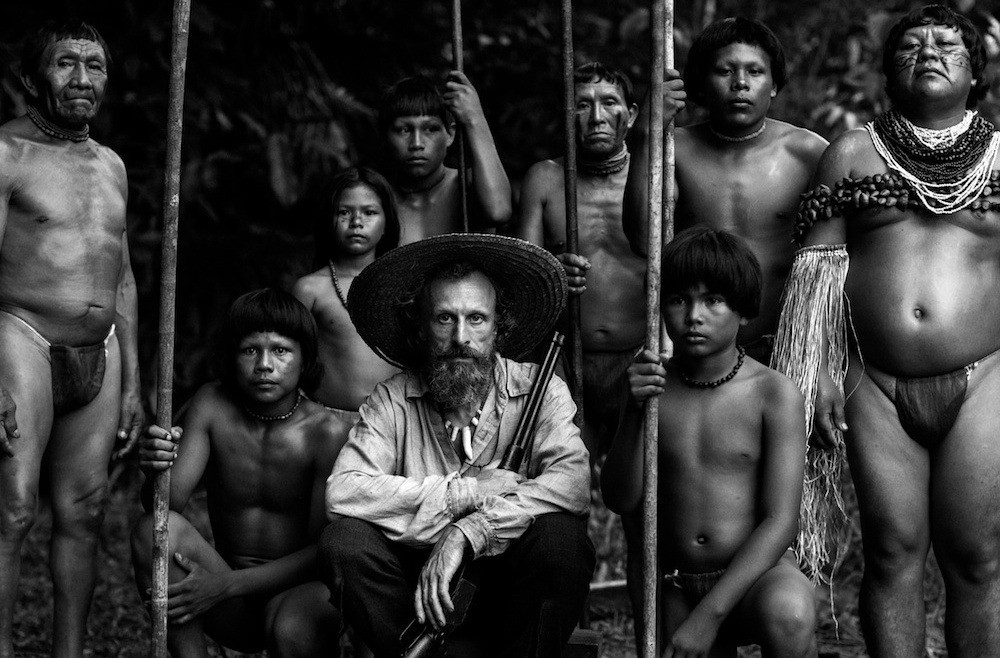
Embrace of the Serpent is easily one of the greatest films of the 21st century. Few films underpin the power of cinema like this one. Here is modern masterpiece, a true visual delight and a cerebral treat unlike any other. Interestingly, James Gray’s 2016 film The Lost City of Z is also set in the Amazon. The film shares many commonalities with Embrace of the Serpent. In fact, had David Lean directed Embrace of the Serpent then it may have been very similar to The Lost City of Z.
Now, I must concede that documentaries rarely get better than The Pearl Button. The film was in international competition at the 2015 Berlin International Film Festival where it won the Silver Bear for the Best Script. Kudos to the director Patricio Guzman for his breathtaking presentation of the history of his Chile that allows us to see the country in a completely new light. Guzman is an absolute master at exploring memory and history and in The Pearl Button he chooses to focus on losers rather than victors.
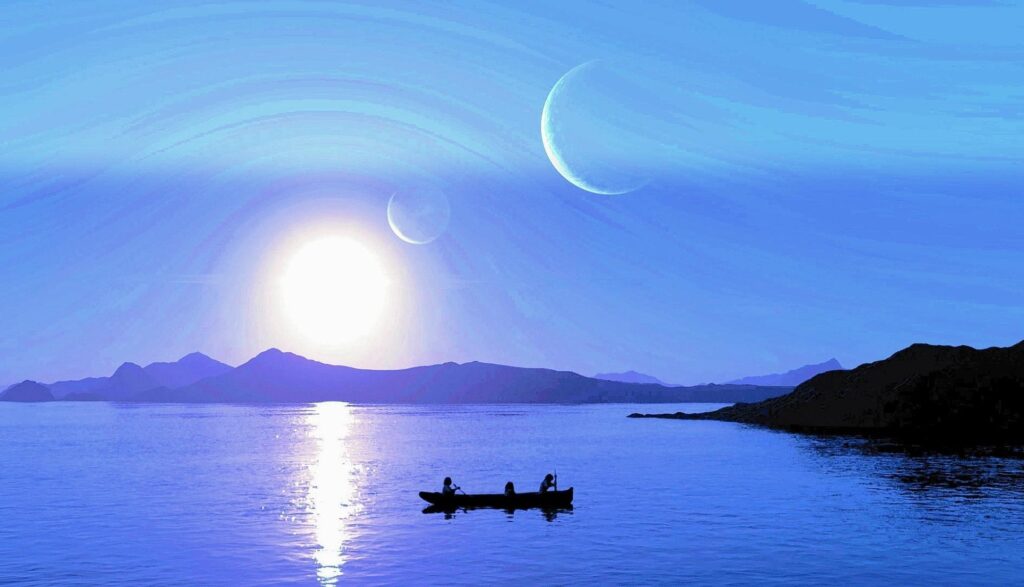
Here is a very complex film that dares to explore the history and geography of Chile but Guzman cleverly ties the different ideas to the theme of water as a witness of Chile’s past which includes cruel rule of the dictator Augusto Pinochet who had set up concentration camps where inmates were tortured and killed after which their bodies, weighted with lengths of rail, were dropped from helicopters into the Pacific. The film, beautifully shot by cinematographer Katell Djian, also talks about the native tribes and how their way of life was destroyed, among other things.
Now, I first for introduced the Chilean cinema through the works of Raul Ruiz. He is a master filmmaker whose body of work is at par with the works of the greatest masters of cinema. Interestingly, Ruiz had to go into exile when Pinochet came to power, overthrowing Salvador Allende’s democratically elected government. Ruiz made most of his films in exile in Europe but his cinema always bore a longing for his motherland he was forced to part away from.
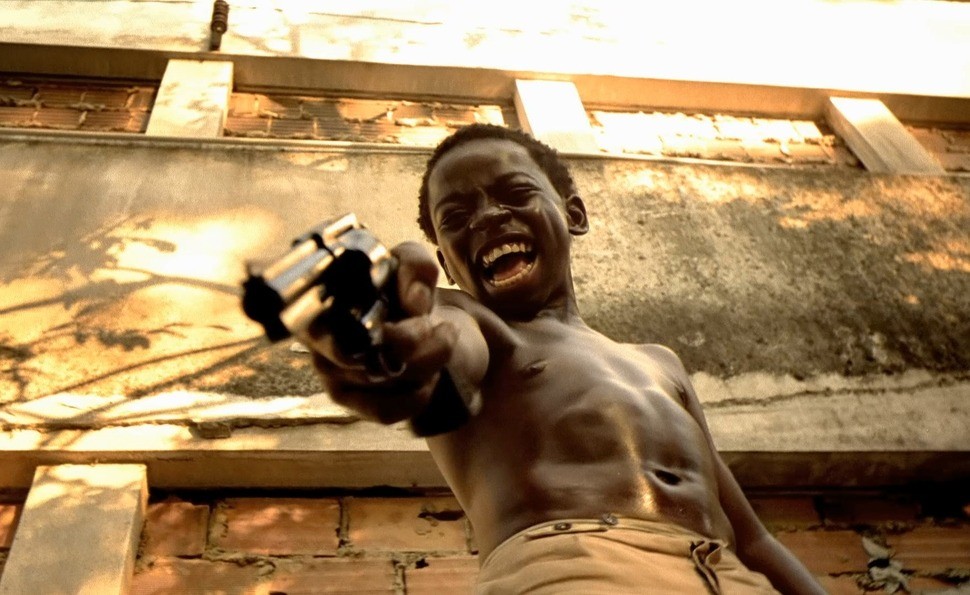
A few other cinematic gems from South America that I would like to mention here are the Brazilian crime drama City of God, Argentinean filmmaker Pablo Agüero’s breathtaking Eva Doesn’t Sleep (co-production from Argentina, Spain, and France), and Brazilian filmmaker José Padilha’s cop drama Elite Squad. As I continue to explore cinema from South America and Mexico, I get more and more convinced that if there ever would be a renaissance in cinema then there is a very high possibility that it will begin in the cinema-rich Latin American region.

